Basements, Humidity and Mold – How the Raised Ranch Changed Everything
Ever since Cliff May invented the Raised Ranch (which is truly a dumbed-down version of Frank Lloyd Wright’s Prairie-Style homes), sunlight got into more Great American Suburban Home basements. More light came into those basements because the Split Ranch’s basement is only three or four feet below grade for frost protection.
With natural light came use. Millions of fluorescent lights, zillions of square feet of Masonite siding, hung ceilings and shag carpet all civilized spaces that were more normally seen as “raw.”
Now that we’ve all tightened up the envelope of our homes, there is far less air that circulates from outside to inside and vice versa, meaning that with stale, static air and all those humans exhaling literally gallons of water vapor every day into a place, you have (when the heat is off) created a place that has the potential for a lot of humidity and thus those foundation walls that are always around 50 degrees (the “default” temperature of dirt below grade) creates a simple phenomenon: condensation.
Condensation = mold.
Mold = allergic response.
Allergic response = intense efforts at mold removal, dehumidification and, sadly, often the ripping out of all those layers of materials that created those civilized basements.
The reasons for condensation are pretty simple: water vapor will condense out of the air in your basement when the humidity is high enough and the foundation walls and floor slab are cool enough, unless:
1. You can open your windows and let the air flow (unless it’s really humid outside);
2. You can use air conditioning to remove humidity (unless it’s a lower temperature outside than calls for AC);
3. You can have a dehumidifier to remove humidity (but you have to drain that condensed water!);
4. You can actually bring in air exchanges from outside via a forced air system designed for this purpose (pricey, but works!).
The vast majority of American homes were built before the Carter Administration so they did not have a focus on energy efficiency, so they all had leakier windows, ceilings and walls that allowed enough air flow to reduce the potential for condensation and mold. With everyone tightening up their homes to make them cost less to heat and cool, we also created micro-environments that can make us sick, unless we go to the next level….
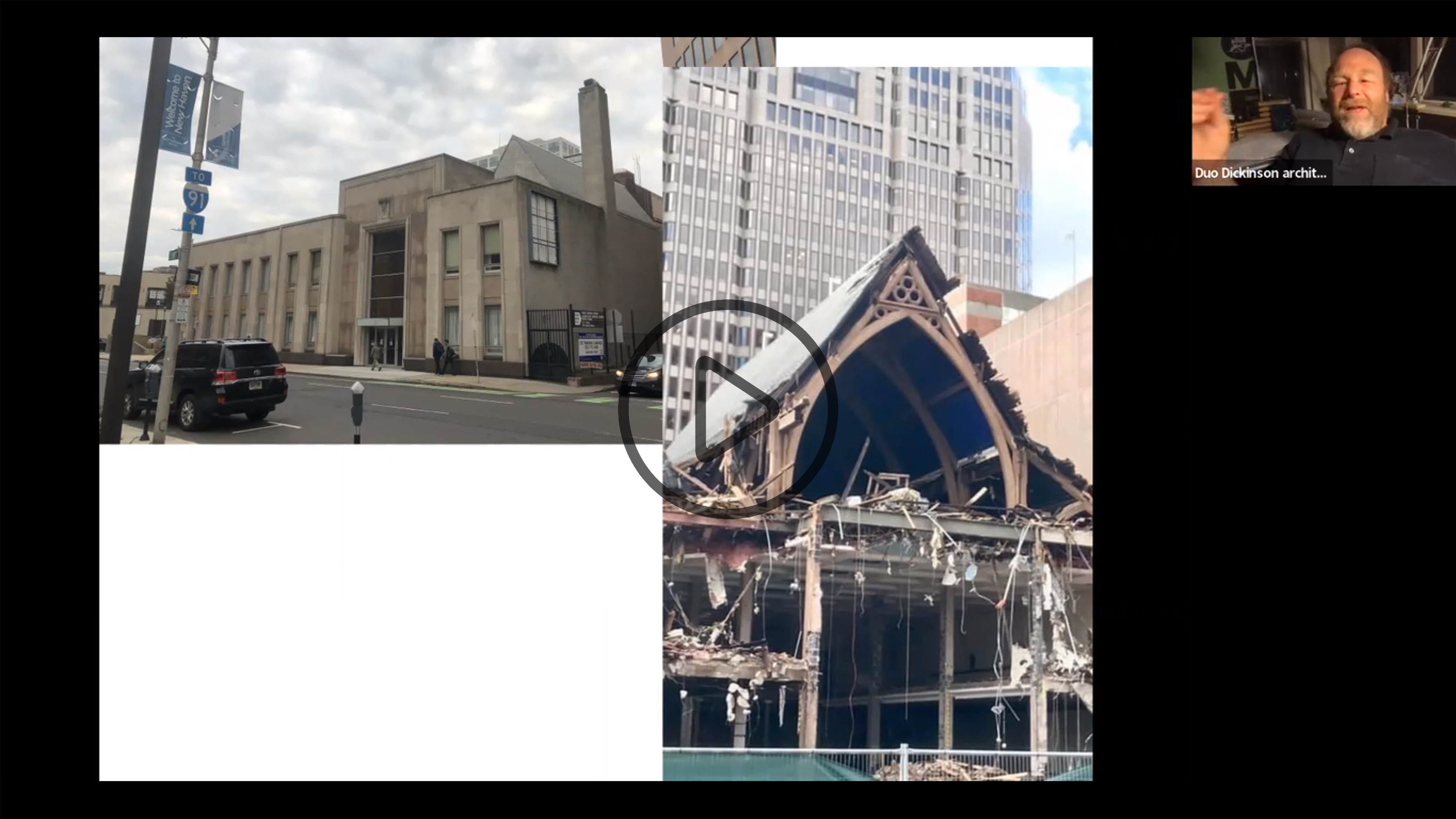









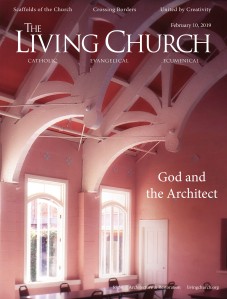



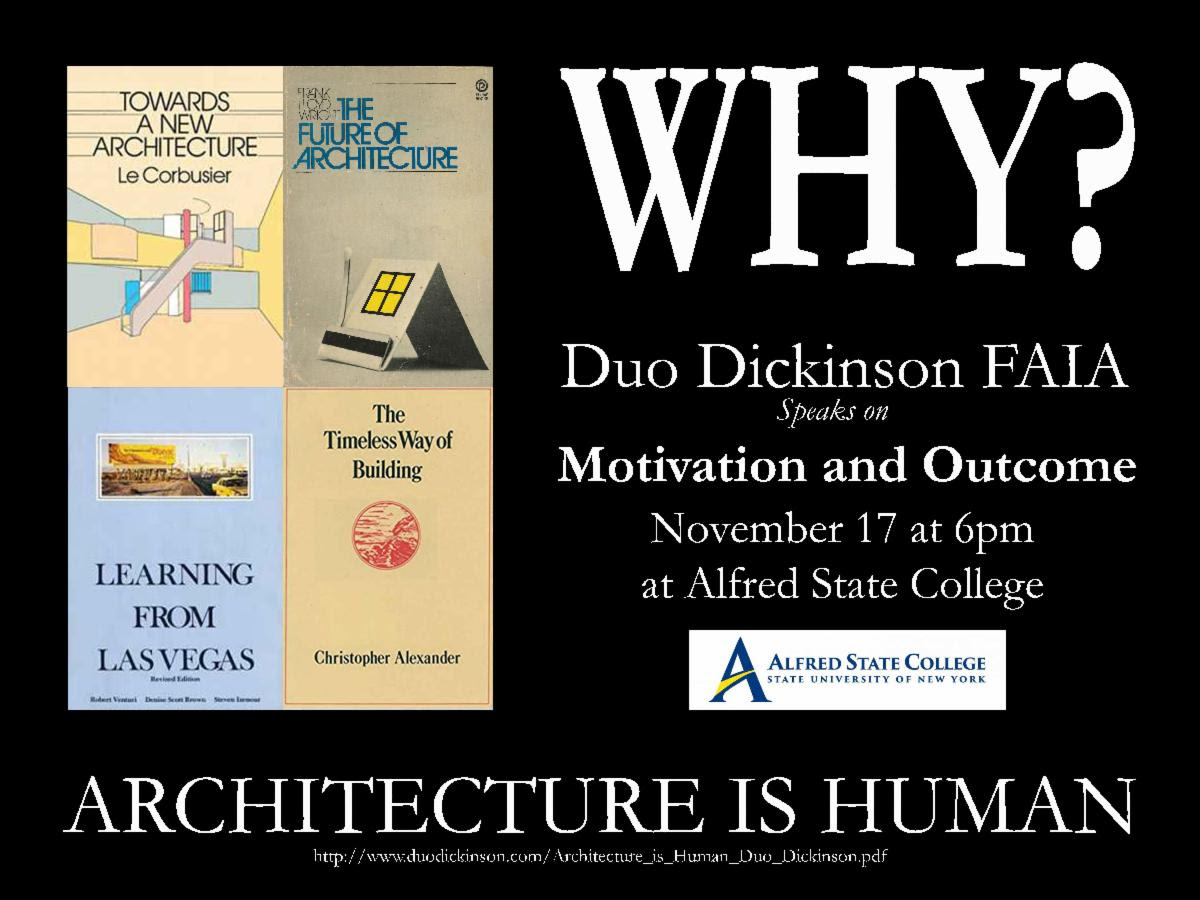

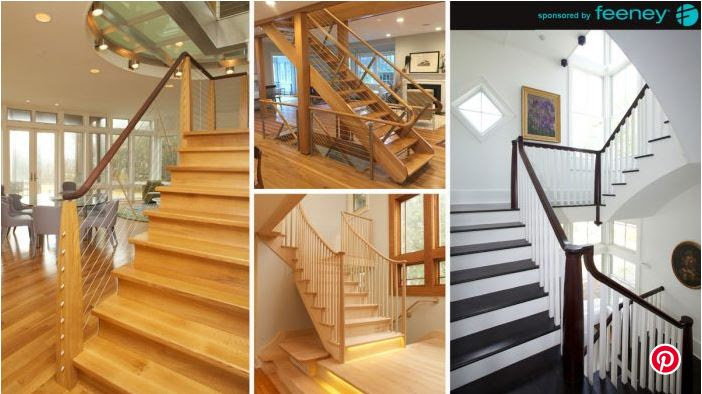


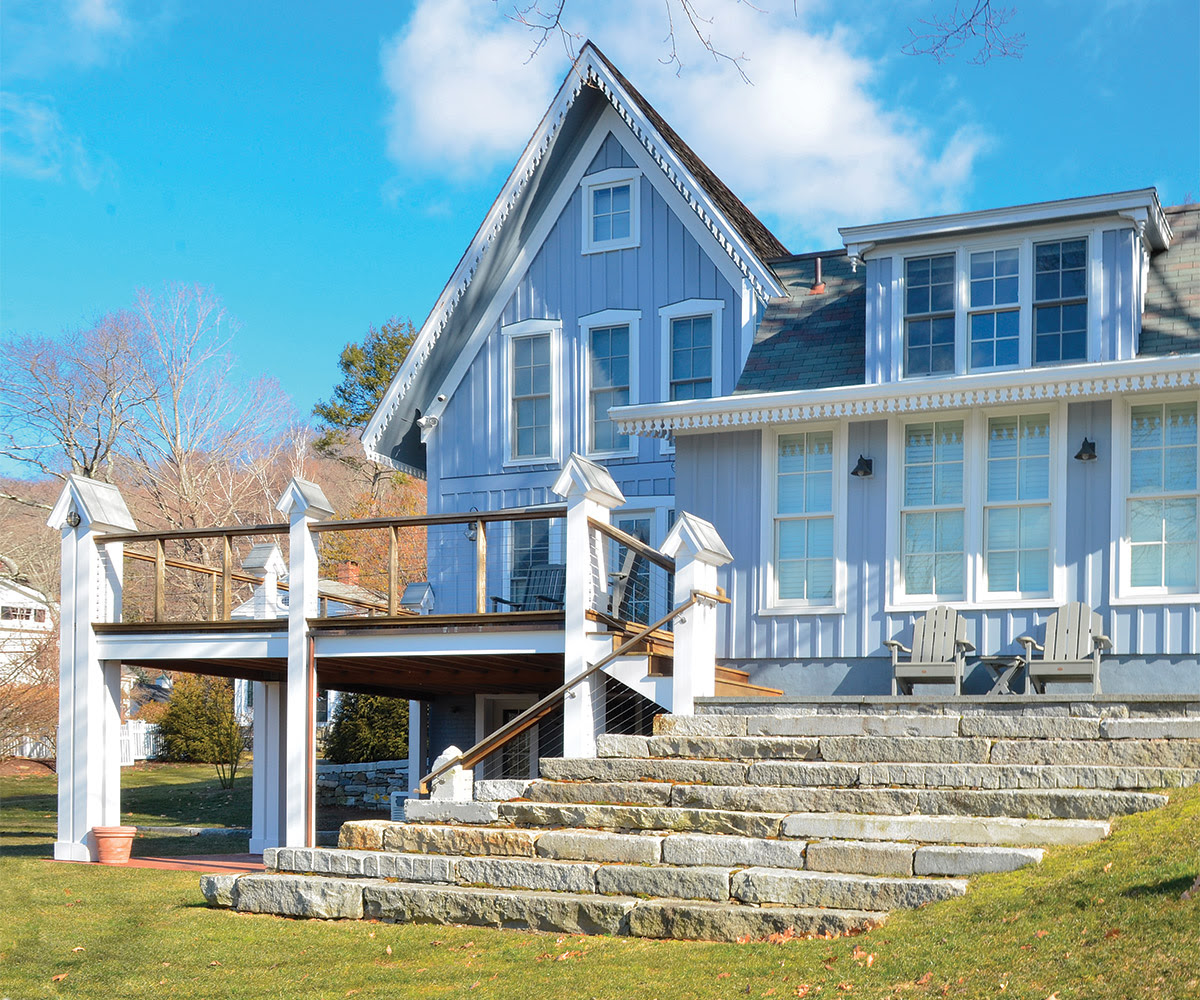






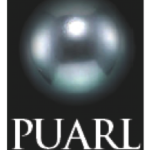

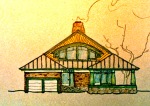








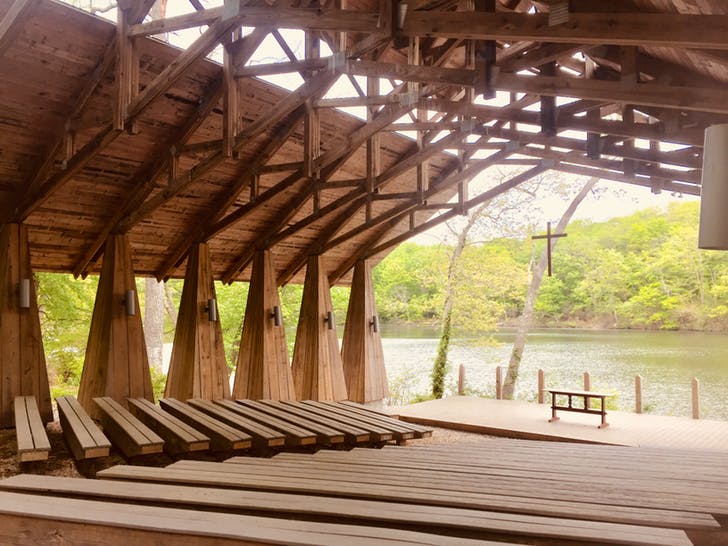


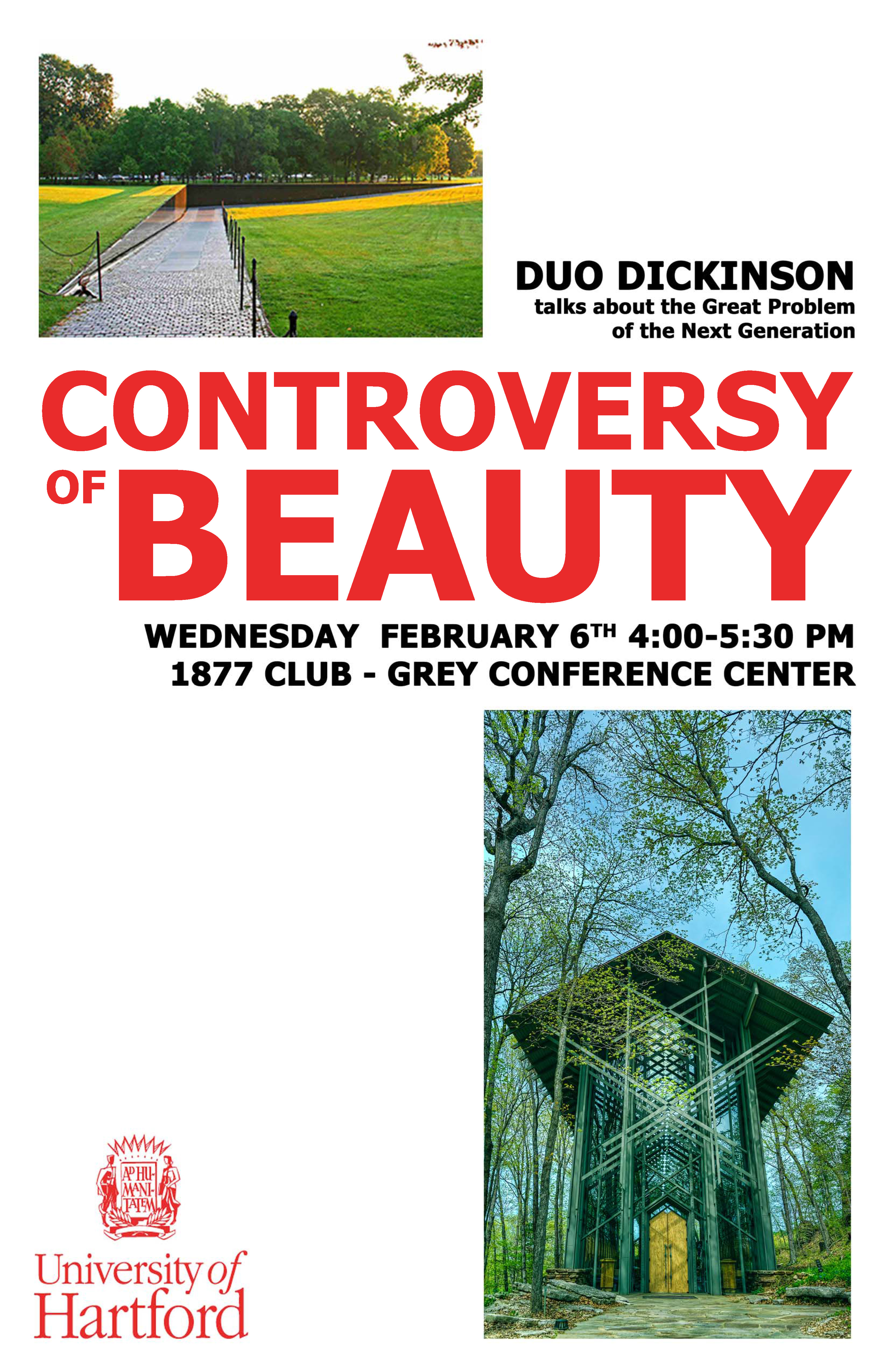








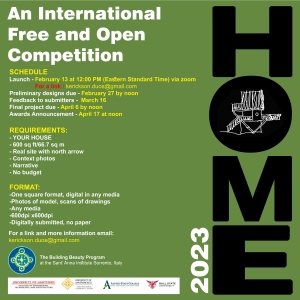



















The vapor barrier must always be installed to protect the cooler surface from any condensation that builds up due to contact with warm moist air. So in northern climates requiring heating during the winter, the vapor barrier must be one the interior side of the insulating materials.
However, in the air conditioning season, the scenario is reversed. The warm moist air is outside. Therefore, mold builds up in the insulation layer. Dark conditions at 82 degrees F are optimum for mold growth.
I’ve been surfing online more than 2 hours today, yet I never found any interesting article like yours.
It is pretty worth enough for me. In my opinion, if all website
owners and bloggers made good content as you did, the web will be much more useful than ever before.
You are so right.!